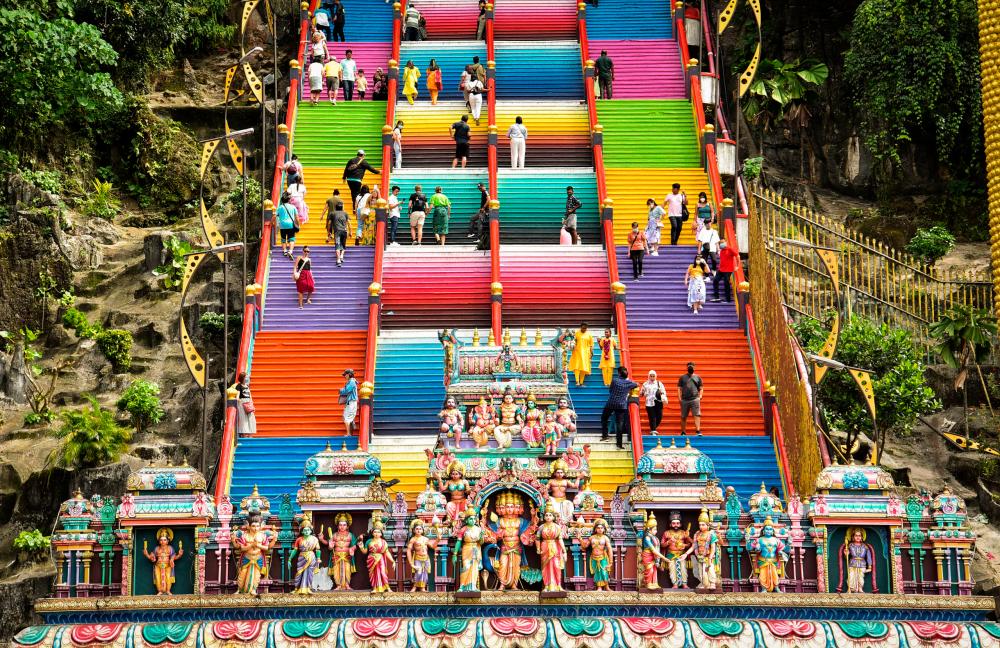PETALING JAYA: The recent announcement by the Batu Caves Hindu Temple Management on plans to build an escalator as an alternative to the 272 steps required to reach the Sri Subramaniar cave temple is set to create a record as the longest escalator in Southeast Asia.
It is also expected to be among the longest in Asia after the Central Mid-Level escalator in Hong Kong (800m) and the Huangguan escalator in Chongqing, China (112m).
Yesterday, Batu Caves temple committee chairman Tan Sri R. Nadarajah announced that an escalator will be built for the convenience of devotees and visitors, along with the construction of a multi-purpose hall.
While the construction of the hall is estimated at RM35 million, the cost for the escalator was not mentioned by Nadarajah.
However, according to an industry insider who declined to be named, the cost for constructing such a long, heavy duty and outdoor escalator could be an expensive undertaking depending on the length and width.
“Such an escalator is not going to be cheap and with the high amount of people going up and down the temple daily, the maintenance cost is also going to be pretty high,” said the insider, adding that it could be the most most expensive and longest escalator in Southeast Asia.
“The inner temple in Batu Caves has an elevation of almost 100m from ground level and if the escalator is built along the full terrain of the hill alongside the 272 steps and into the inner grounds of the temple, then it would easily be the longest in Southeast Asia and one of the longest in Asia,“ he said.
Besides the 272 steps, the escalator would most certainly become an attraction of its own and draw more visitors and devotees to the temple.
Built in 1993, the Central Mid-Level escalator in Hong Kong is the longest outdoor pedestrian escalator in the world with a total length of 800m.
The escalator traverses an elevation of over 135m from top to bottom and comprises a chain of moving stairs and walkways and was built at a cost of more than USD$30 million back then.
The escalators were designed to follow the natural inclination of the hill slope and as most of the slopes’ gradients don’t fall within the normal standards for escalators, a dedicated production line was set up by the escalator manufacturer.









